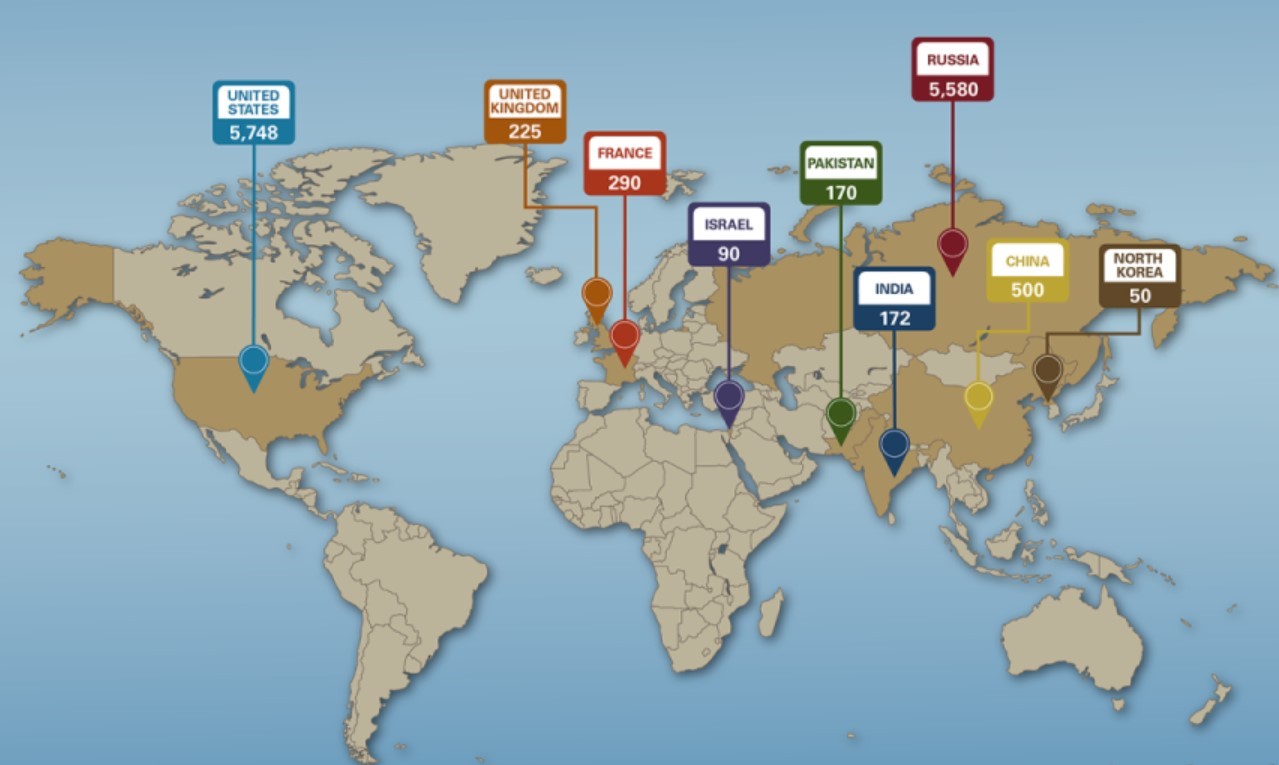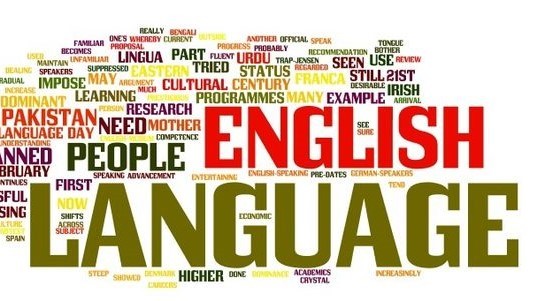How Many Countries Are There In Asia: Facts, Figures and Population
 How Many Countries Are There In The Middle East Today: List, Population, Facts and Figure? How Many Countries Are There In The Middle East Today: List, Population, Facts and Figure? |
 How Many Countries Are There In South America How Many Countries Are There In South America |
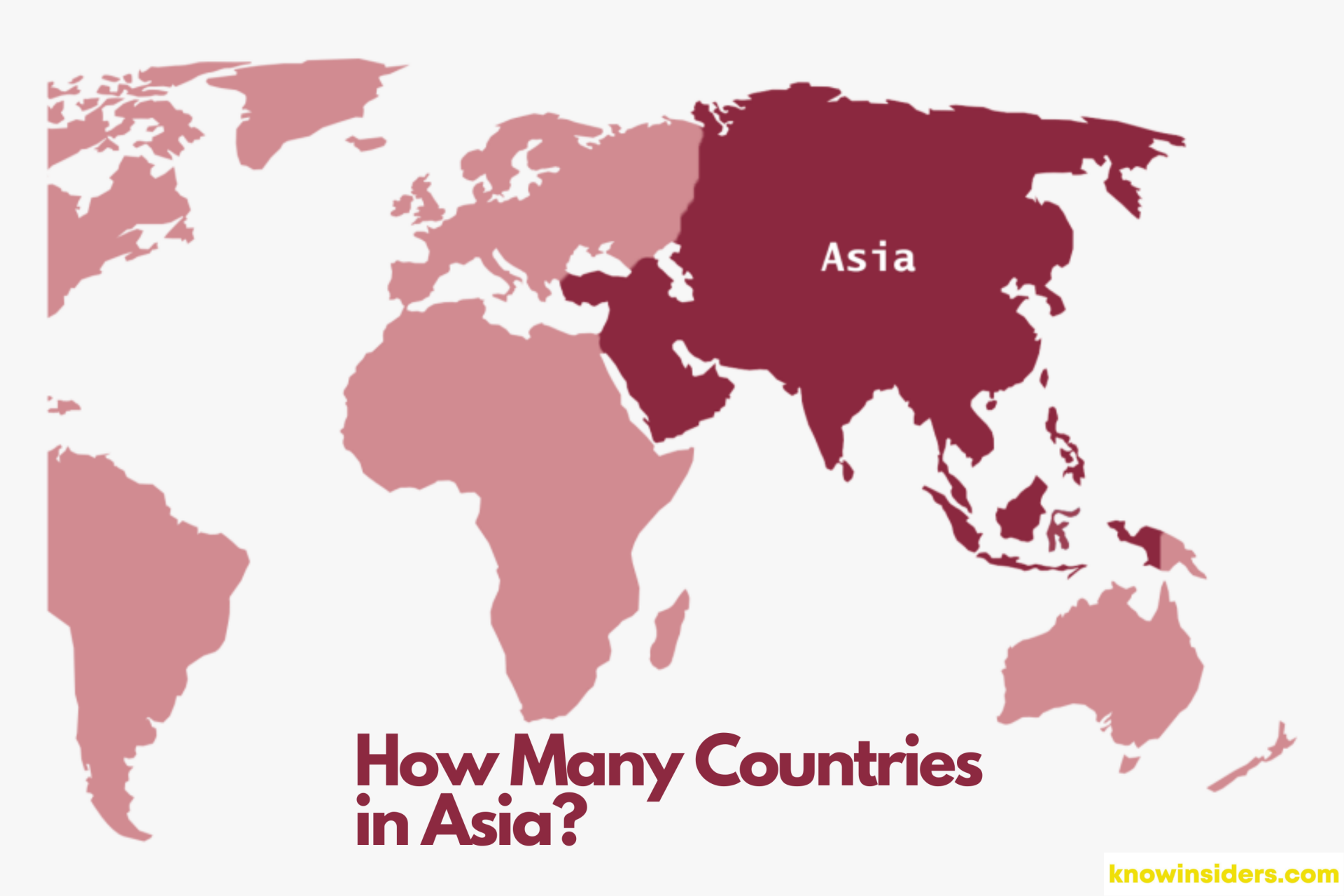 |
| The area is shared by 50 countries. Photo: KnowInsiders.com |
| Contents |
The mystery of the Asian continent will be revealed by KnowInsiders below through amazing facts, numbers, historical stories about population and territory, etc.
Facts About Asia
In terms of both area and population, Asia is the largest of the five continents on Earth. According to conventional usage, Asia includes the eastern part of the Eurasian landmass, Japan, and the island countries of Maritime Southeast Asia.
With the exception of a few islands in Southeast Asia, the continent is almost entirely located north of the equator. Asia borders Europe (a region of the same landmass) across the Caspian Sea and along the Ural Mountains, which connect it to Africa via the Isthmus of Suez.
Around 49.7 million km2 (19,189,277 square miles) or about 30% of the entire land surface of the planet is occupied by Asia.
How many countries are there in Asia?
The area is shared by 50 countries. By far the largest nation by area is Russia, with more than 17 million km², 13 million km² (77%) are in Asia.
The second-largest country is China, with an area of 9.6 million km².
The smallest independent state in Asia is the island nation of Maldives with 298 km²
Asian Countries Key Points-China is the most populous country in both Asia and the world. -India is set to overtake China as the most populous country in the world by 2027. -The Sultanate of Brunei is Asia's least populated country. -Asia consists of 48 countries and 3 other territories. -Some of the world's most populated and rapidly expanding cities are found in Asia. The two biggest cities on earth are Mumbai, India, and Shanghai, China. They are also some of the most populous. Other cities are expanding quickly, like Delhi in India and Dhaka in Bangladesh. -One of the fastest high-speed rail networks in the world is the Shinkansen train system in Japan. The so-called "bullet trains" are capable of traveling at speeds of up to 300 km/h (186 mph). Most significant cities on the islands of Honshu and Kyushu are connected by shinkansen. The busiest high-speed rail route in the entire world connects Tokyo and Osaka and is known as the Tkaid line. According to National Geographic, since the railway lines were built in the middle of the 1960s, they have moved about 5 billion people. -Numerous foreigners have moved to Dubai as a result of the city's rapid growth, pleasant climate, and opulent lifestyle. In 2009, Dubai ranked as the tenth most visited city worldwide. Dubai, which is referred to as the "shopping capital of the Middle East," has more than 70 malls. Dubai has earned the moniker "Expat Capital of the World" due to the city's predominately foreign population. Males make up more than 75% of the city's population, with most of them being laborers who have come to work in Dubai's construction industry from nations like India and the Philippines. The poor living and working conditions of the workers have drawn criticism from the international community, especially given the city's reputation as the world's capital of luxury. |
Climate and Agriculture in Asia
Due to its size, Asia can experience a wide range of climates. The coldest, hottest, wettest, and driest places on Earth can all be found there. Asia has a variety of different climates, but the continent's three main climate zones are the north/central, southwest, and southeast.
Arctic winds, which are cold and dry, have an impact on the continent's north and center, particularly the Russian Siberian region. In the central and southern portions of this zone, where there are persistent frosts that prevent plant growth, hardier grains like barley, buckwheat, millet, oats, and wheat are grown. In this region, animal husbandry is also very significant. In Mongolia, for instance, livestock, such as sheep, goats, and cattle, are raised on 75% of the country's agricultural land.
The southwest zone, which includes Pakistan, Iran, and the Arabian Peninsula, is a dry, hot region that begins in Mongolia's Gobi Desert. There are very few places in this zone with sufficient moisture and precipitation to support crop growth. In some nations, the main irrigated crops are grains like corn and barley. However, heat-resistant vegetables and fruits are most commonly grown in this region due to a lack of pastureland that is suitable for growing grains. The most significant of these fruit and vegetable crops are cherries, dates, figs, apricots, olives, onions, grapes, and grape juice.
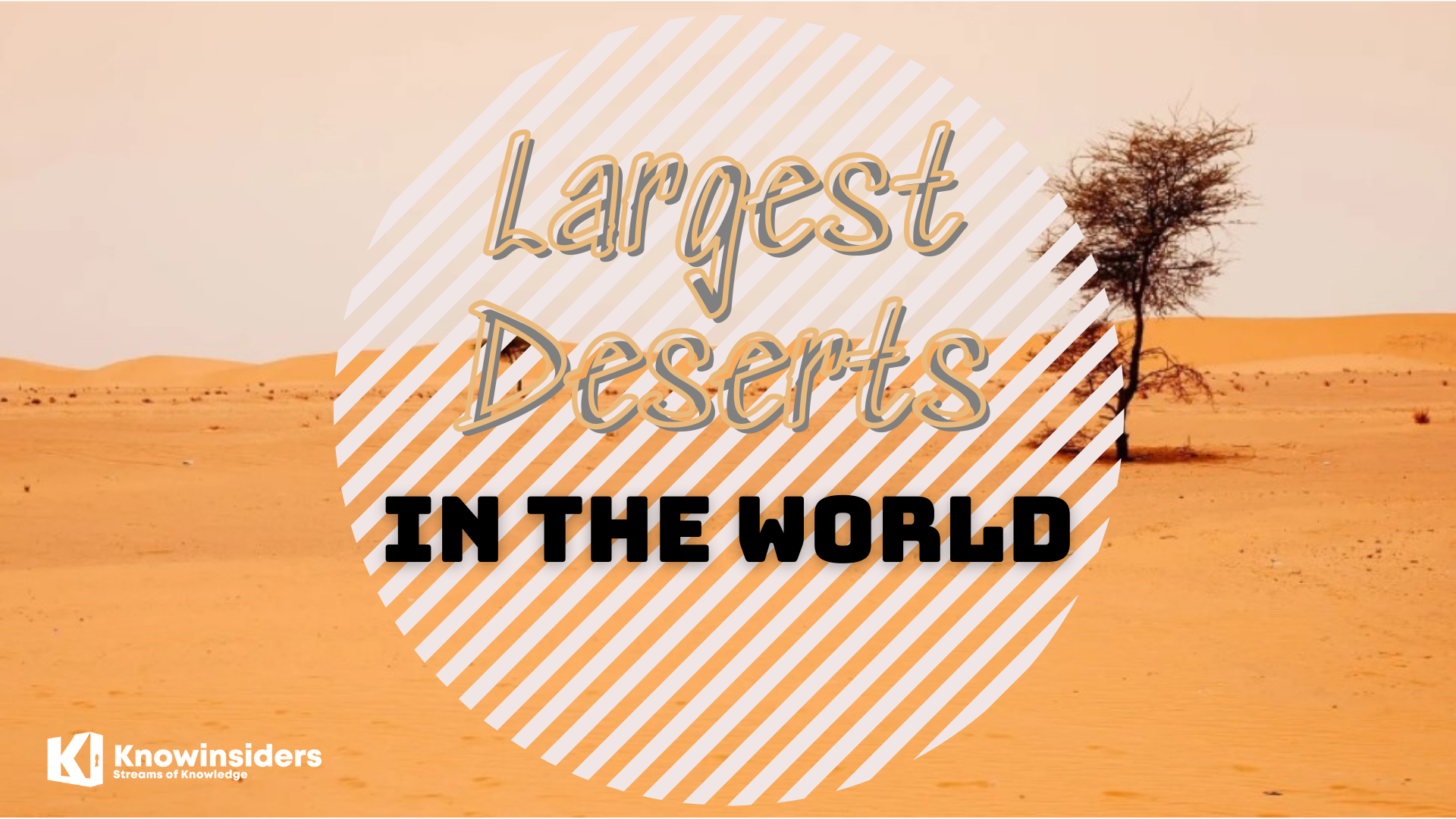 Top 10 Largest & Most Beautiful Deserts on Earth Top 10 Largest & Most Beautiful Deserts on Earth |
Forestry and Fishing in Asia
In a select few Asian nations, forestry—the management of trees and other vegetation in forests—is a significant but endangered industry. More than half of Asia's forested land is found in China, Indonesia, and Malaysia.
China is the world's top producer of wood-based panels, paper, and wood furniture, and it is a significant exporter of wood products. Leading producers of tropical timbers are Malaysia and Indonesia. These tropical woods, like teak, are mostly utilized in the manufacture of fine furniture and flooring.
Asia's forest cover has grown by 30 million hectares (74 million acres) over the past ten years in order to establish forest plantations where trees can be intensively managed for higher-yield production. By 2020, the timber sector predicts that Asia will produce about 45% of the world's wood from plantations. The significance of these plantations will grow as the remaining natural forest resources are depleted.
Many Asian peoples' way of life depends heavily on seafood. According to a recent study by the National Geographic Society, China and Japan consume approximately 694 million and 582 million metric tons (765 million and 641 million tons) of seafood each year, respectively. The study calculated each nation's "seafood print" based on the amounts and varieties of fish consumed, highlighting the fact that different fish species have different effects on the marine environment. While China's enormous population consumes smaller fish at a much higher rate than Japan, the latter consumes larger, higher-quality fish. This is due to the fact that China's middle class population is expanding quickly, along with that of many other Southeast Asian nations. The cost of expensive food is more accessible.
Mining and Drilling in Asia
The economies of many Asian nations heavily rely on extractive industries. The continent's most prosperous mining economies are those of China, India, Russia, and Indonesia. Many of the minerals extracted in these nations are similar.
The biggest producer of coal, gold, tin, aluminum, and other metals worldwide is China. Along with other minerals like barite (used in drilling fluids), chromium (used in steel production and dyes), and manganese (used in steel production), India is a significant producer of aluminum and iron ore. Russia is a major producer of coal, diamonds, iron, steel, tungsten (used in the manufacture of steel), and coal. Coal, gold, copper, and tin are all major products that Indonesia produces.
The world's largest producer of petroleum liquids in 2010 was Saudi Arabia, which produced 10.07 million barrels of liquid fuel per day. (An oil barrel contains 42 gallons or 159 liters.) With about 250 billion barrels, it also has the largest oil reserves in the entire world. The economy of Saudi Arabia is heavily reliant on oil exports, which generate between 80 and 90 percent of all national income. In 2010, the United Arab Emirates, Iran, and Saudi Arabia produced about 57 percent of the world's liquid fuels.
Russia is a significant player in the Asian liquid fuels market. Siberian oil reserves and vast Arctic natural gas reserves both belong to Russia. Russia is both the world's top natural gas producer and Europe's top natural gas supplier. Although engineers claim that the Arctic Ocean holds millions of barrels of oil and gas reserves, Russia has not actively engaged in drilling there.
South Asia
Afghanistan
Bangladesh
Bhutan
India
Iran
Maldives
Nepal
Pakistan
Sri Lanka
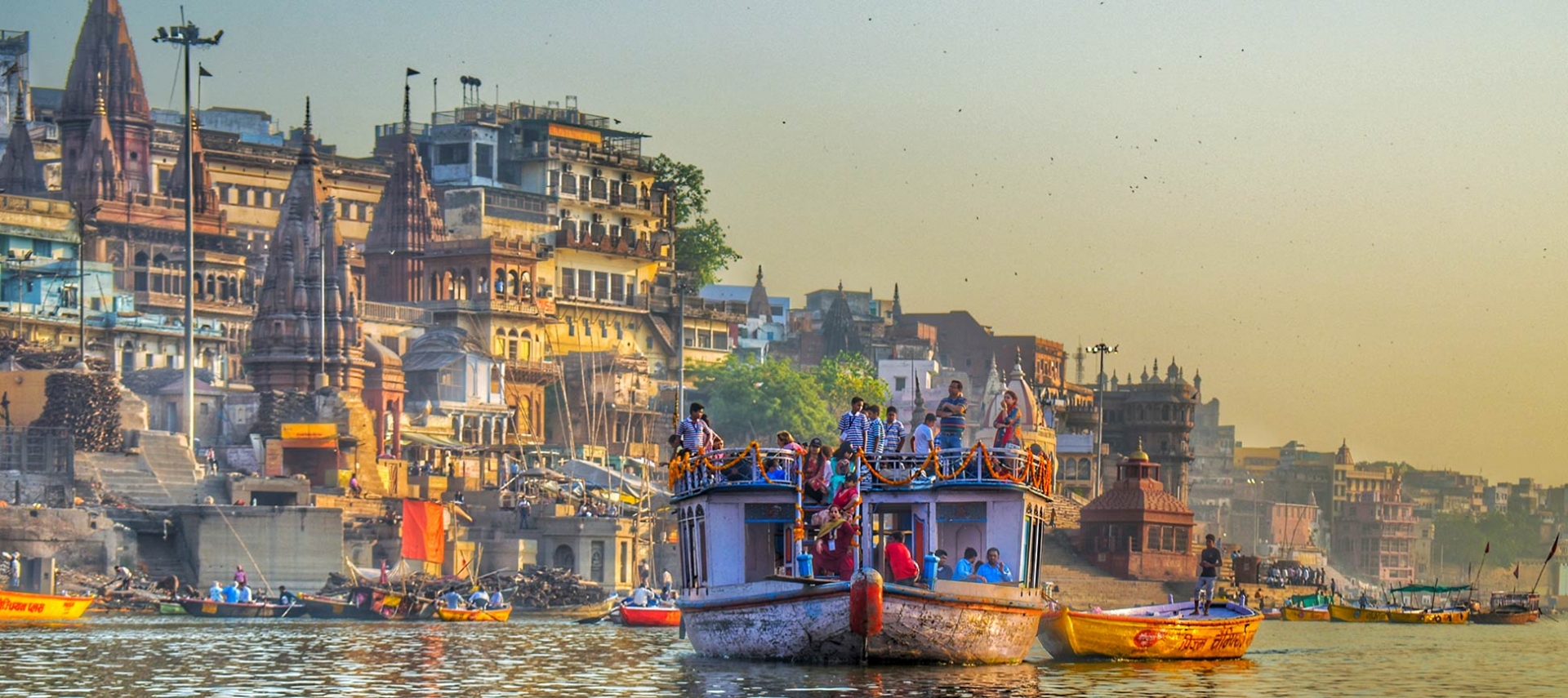 |
| Dashawamedha Ghat at the Ganges river in Varanasi, Uttar Pradesh, India. Photo Nations Online |
With almost 2 billion people, Southern Asia is the most populous of all of Asia.Nine nations are included. India, the nation with the most inhabitants in Southern Asia, is home to more than half of the region's population. India is the second most populous country in the world with 1.38 billion people. In fact, according to statistics, India will overtake China as the world's most populous nation by 2027.
India's population dwarfs that of the other nations in Southern Asia. Pakistan, with a population of more than 220 million, is the next most populous nation in the subregion. With just over 540 thousand inhabitants, the tiny island nation of the Maldives is the least populous nation in Southern Asia. Mumbai, with 21.6 million inhabitants, is the city with the highest population in Southern Asia. With respective populations of 18.9 million and 17.6 million, the cities of Dhaka in Bangladesh and Karachi in Pakistan are also quite populated.
East Asia
China
Japan
Mongolia
North Korea
South Korea
The five nations that make up the Eastern Asia subregion, which includes China, the world's most populous nation, have a combined population of almost 1.7 billion people. More than 1.4 billion people are thought to live in China. With a population of roughly 3.29 million, Mongolia is the least populated nation in Eastern Asia. China and Japan, both of Eastern Asia, have the second- and third-largest economies in the world, respectively. By 2028, China's economy is anticipated to surpass that of the United States as the largest economy in the world. East Asia is also home to North Korea, a communist state with one of the world's most remote populations and a severely stagnant economy.
Because North Korea is known to possess several nuclear weapons, the rest of Eastern Asia, especially Japan and South Korea, are concerned about and distrust the communist nation. With a staggering 38.2 million residents, Tokyo is the most populous city in Eastern Asia. With populations of more than 20 million each, the Chinese cities of Shanghai and Beijing are the second and third most populated in Eastern Asia.
South East Asia
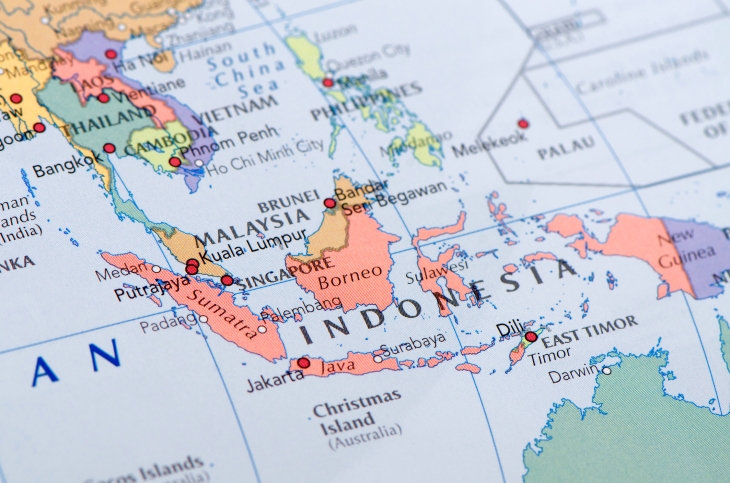 |
| Photo Getty |
Brunei
Cambodia
Indonesia
Laos
Malaysia
Myanmar
Philippines
Singapore
Thailand
Timor Leste
Vietnam
Southeast Asia refers to the part of Asia that includes the Indochinese Peninsula and the nations of Maritime Southeast Asia. The region is situated in the southeastern part of the continent, south of China, east of India, and to the north of Australia.
According to the United Nations Population Division, approximately 668 million people live in Southeast Asia (in 2020).
**READ MORE: Top 5 Best Destinations in Southeast Asia
Central Asia
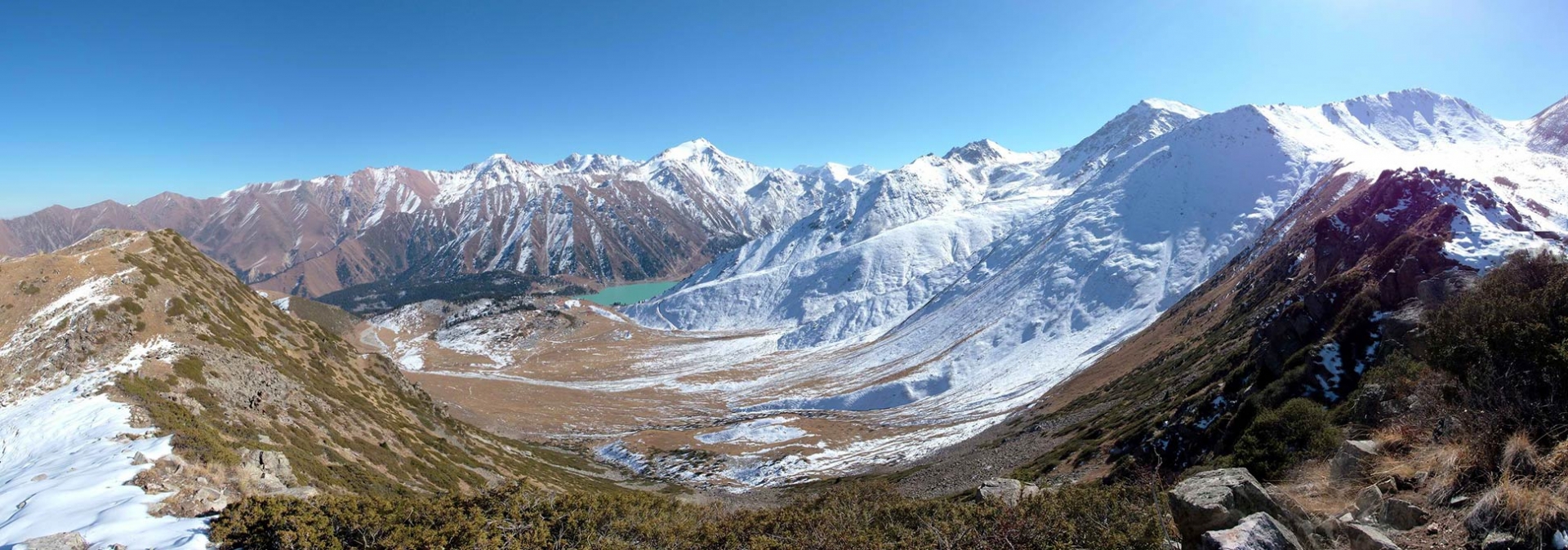 |
| The mountainous region of the Tian Shan in south-eastern Kazakhstan. Photo Nations Online |
Kazakhstan
Kyrgyzstan
Tajikistan
Turkmenistan
Uzbekistan
The area of Asia between the Caspian Sea and Western China is referred to as Central Asia. With the exception of Afghanistan, all of the countries that make up Central Asia—Afghanistan, Kazakhstan, Kyrgyzstan, Tajikistan, Turkmenistan, and Uzbekistan—are predominantly Muslim nations.
In Central Asia, there will be 74 million people (by 2020).
The region is the least populous subregion of the continent with a population of about 75.1 million. Similar to Eastern Asia, Central Asia is made up of 5 nations. Up until its dissolution in 1991, each of these nations was a part of the Soviet Union. These nations have existed as independent, separate states ever since.
Uzbekistan, which has a population of more than 33 million, is the most populous nation in Central Asia. Turkmenistan, with a population of about 6 million, is the least populous nation in the subregion. One transcontinental nation, Kazakhstan, the largest nation in the subregion, is included in Central Asia. Europe is thought to include a portion of its territory. However, Kazakhstan is classified as an Asian country by the UN because the vast majority of its population lives in Asia. The capital and largest city of Uzbekistan, Tashkent, has a population of about 2 million people and is the most populous city in Central Asia.
West Asia
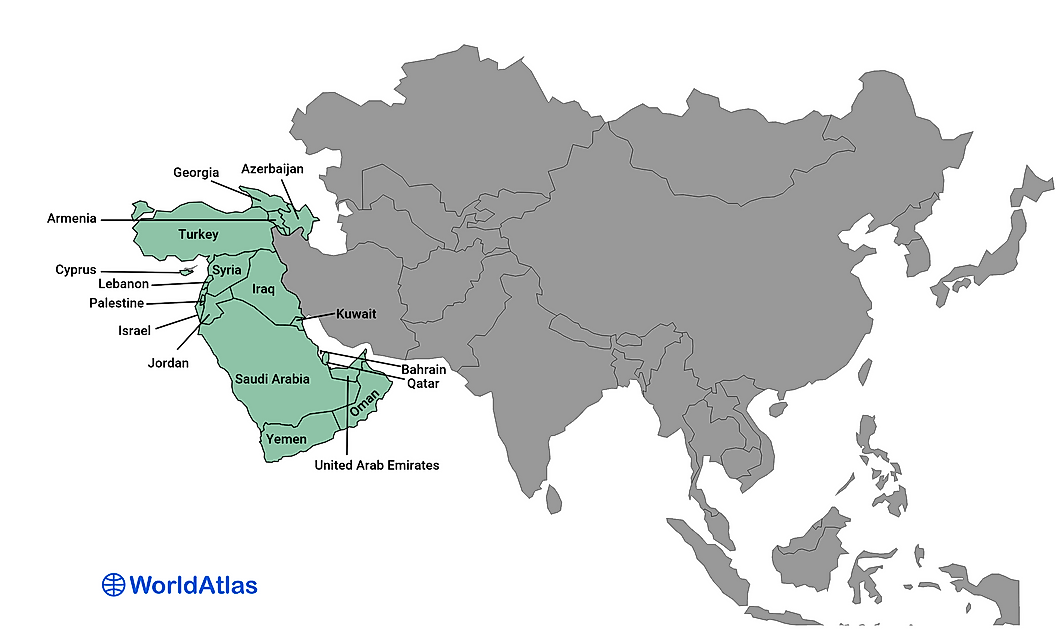 |
| Photo WorldAtlas |
Armenia
Azerbaijan
Bahrain
Cyprus
Georgia
Iraq
Israel
Jordan
Kuwait
Lebanon
Oman
Qatar
Saudi Arabia
State of Palestine
Syria
Turkey
United Arab Emirates
Yemen
Western Asia is home to about 282 million people. Turkey, which has a population of more than 84 million, is the most populous nation in the subregion. As the largest city in Turkey and a small portion of Europe, Istanbul, is situated, Turkey is also a transcontinental nation. Georgia and Azerbaijan are two more Western Asian transcontinental nations. However, Asia is home to the majority of the populations of all of these nations. Cyprus, with a population of just over 1.2 million, is the least populated nation in Western Asia.
Cyprus, though technically a part of Asia, is typically viewed from a political and economic standpoint as a European nation. Even the European Union includes it. The capital of Iraq, Baghdad, has a population of about 8.7 million people, making it the most populous city in Western Asia. The Saudi capital of Riyadh and the Turkish capital of Ankara are two additional significant population centers in the subregion.
Asian Territories
Taiwan
Hong Kong
Macau
Asia's 48 nations are joined by three additional territories on the continent. The People's Republic of China has two of them, Hong Kong and Macau, designated as Special Administrative Regions. Both regions were formerly a part of China but were annexed by European nations in the past.
Previously a British colony, Hong Kong was returned to China in 1997. Up until 1999, Macau was a colony of Portugal; after that, it came under Chinese rule.
The island of Taiwan, which is currently a de facto independent state, is the third Asian territory. Taiwan is, however, regarded as a province of China by the majority of nations, not as a sovereign nation. China has threatened to use force to seize control of the island because it views it as a renegade province that must eventually come under its control.
Transcontinental Countries
Six transcontinental nations are included in the list of Asian nations. These are Turkey, Azerbaijan, Cyprus, Kazakhstan, Georgia, Armenia, and Armenia. These nations have spread throughout Asia and Europe. In contrast to Russia, the majority of the people in these nations live in the Asian portion of their respective continents. As a result, these nations are listed here.
 What is Zhurong - Chinese Spacecraft Landed on Mars for the First Time What is Zhurong - Chinese Spacecraft Landed on Mars for the First Time China confirmed the Tianwen-1 probe landed on Mars and Zhurong rover began its exploration to the red planet early Saturday. China is now the ... |
 Top Weirdest Dishes in Asia You May Want to Know Top Weirdest Dishes in Asia You May Want to Know If you are a fan of Asia landscapes and culture, you may have an interest in Asia's cuisine. Now, let's check out the top |
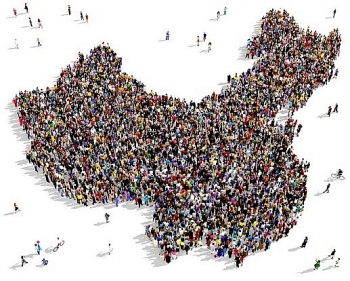 Which country has the largest population? Which country has the largest population? As all we know, China is one of the largest counties in the world and this is also the most populated country. Today, we will ... |
 Top 9 Smallest Countries in the World Regarding To Population Top 9 Smallest Countries in the World Regarding To Population Borders define nations. The political and possibly natural limits of a country determine its physical territory, and thus its size. Based on the population, here ... |


